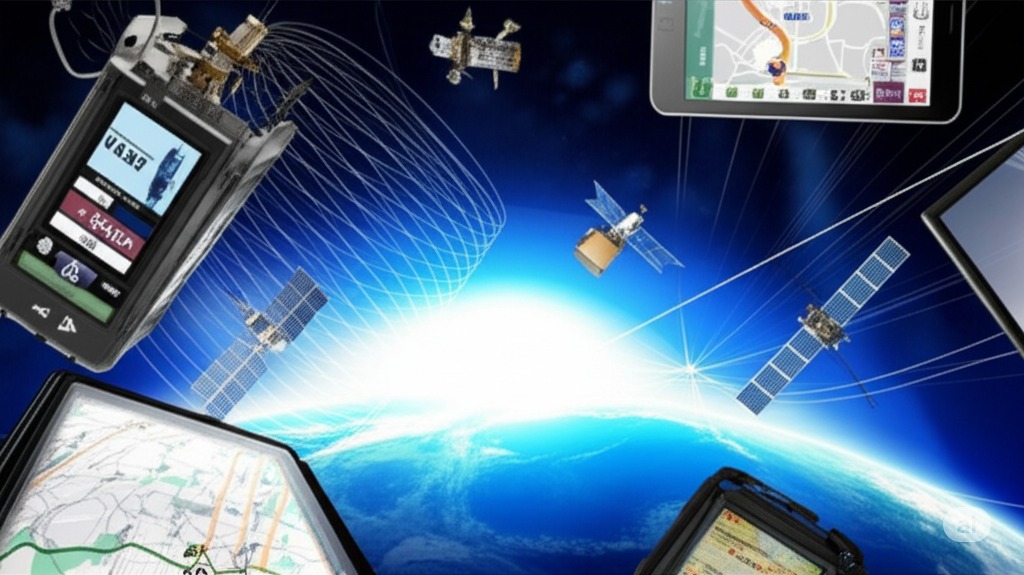Ground Station Functions
- Satellite monitoring and control ensuring optimal GPS constellation performance
- Navigation message updates providing accurate orbital and timing information
- System health monitoring detecting and correcting satellite anomalies
- Clock synchronization maintaining precise timing across the GPS network
- Orbital determination calculating exact satellite positions and trajectories
- Command and control operations managing satellite functions and configurations
- Data collection and analysis supporting system performance optimization
- Backup and redundancy systems ensuring continuous GPS service availability




